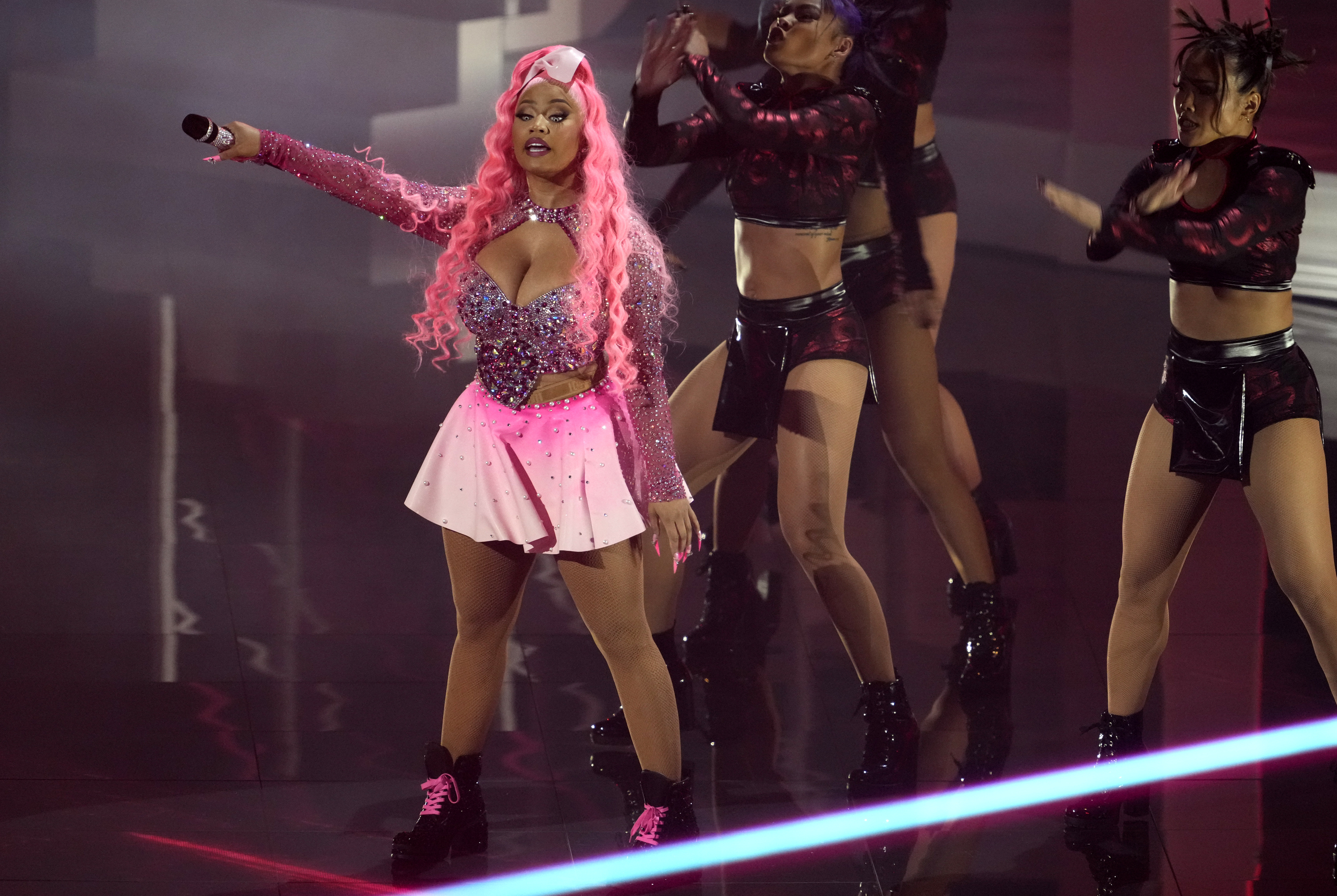Wilma McCallister can see the numbers.
The Evanston Township High School tutor may be blind. But she says she can clearly visualize the equations she helps students solve.
“It’s just so rewarding,” she says. “You see how exciting it is when a kid gets an answer right and they’re happy about it----what could be more fun to do all day?”
McCallister majored in math and computer science at the University of Illinois and began her career as a computer programmer at Commonwealth Edison. She lost her eyesight at the age of 24. But says Edison stuck by her, helping her to locate other blind programmers, learn braille, and continue her career.
After a child arrived in 1982, she made a decision to stay at home.
“I decided babies are more interesting than computers,” she laughs.
But after more than a decade as a stay-at-home mom, she and her husband found themselves as empty nesters in 2000.
Local
That’s when her tutoring career began. First at St. Scholastica High School, then at ETHS.
“I was absolutely determined that I was going to make this work one way or another,” she says. “Because I just enjoy it too much to give it up!”
So, every morning of the school year, McCallister and her guide dog Nellie leave their Chicago home, catch a Pace bus, and travel to Rogers Park. From there, she walks two and a half miles to the high school in Evanston, where’s worked as a volunteer tutor since 2003.
“The only small difference is I might have to read my problem aloud to her, which takes two seconds,” says sophomore Dania Michel. “I just ask the most difficult problems and she helps me understand them right away.”
So the students arrive every hour---bringing along seemingly unsolvable problems from the most difficult courses: algebra, calculus, advanced geometry.
Pulled from their backpacks, they reveal abstract equations, parabolas, complicated shapes which may not exist in the real world.
McCallister sees the figures the students cannot. She keeps braille versions of their textbooks on hand, and punches out braille notes of the problems they bring.
“Here’s the x-axis over here, and this parabola is crossing on the other side of the y-axis,” she says, showing a reporter a magnetic board, where she shapes abstract figures with her fingers. “This is going to be the volume of the air that’s inside---it’s going to look kind of like a hollow cylinder.”
At this point, the reporter confesses she has zoomed far past what little he remembers from his single year of geometry in the seventies.
But her students get it. And they flock to her lessons.
“She’s helped me with logs, sigma notations, sequence and series, arithmetic and geometric stuff,” says Junior Elias Silver.
His classmate Jalea Davis, a student in advanced calculus, takes that one step further.
“Just being able to know that she’s capable to do math and visually do it in her head is very amazing to me,” she says. “And it shows me that anything is possible.”
For McCallister the feeling is mutual. She speaks of the thrill when the light goes on, and she knows that a student sees the answer.
“I love that,” she says. “Those kinds of moments are the best time of the day---you just relish them!”



